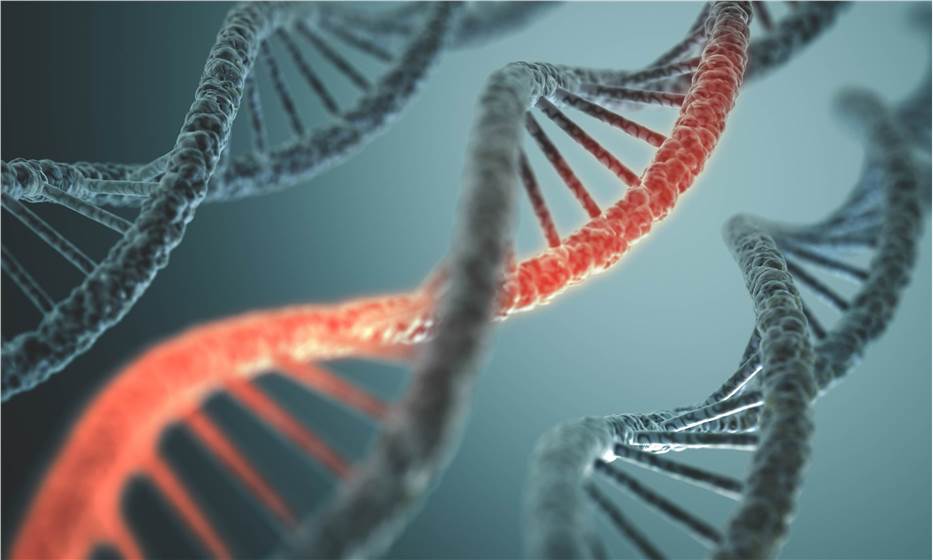The transcriptome is the sum of the transcriptional products of a tissue or cell. Informatics analysis of transcriptome organisms allows further studies on the structure and function of genes, facilitating the understanding of genome composition and function and in-depth exploration of the expression status, mechanisms of development, and regulatory network mechanisms of organisms. In recent years, the rapid development of high-throughput sequencing technology has reduced the cost of sequencing, and transcriptome sequencing has now been completed for various resource plants.

Lifeasible, a leading plant sequencing company, has measured the transcriptomes of a wide range of plants, yielding vast amounts of genetic data. At the same time, we can explore these transcriptome data in depth using bioinformatics analysis. We are confident that we can provide our clients with the most comprehensive plant transcriptome bioinformatics analysis services.
We can use the Illumina HiSeq platform to sequence transcripts from plants to be analyzed, build a transcriptome database, and classify and analyze genes for annotation by comparison with multiple databases. Our services are listed below.
We used the TRIzol method to extract total RNA from plant samples. After purification and quality analysis of the RNA, cDNA libraries were constructed.
The transcriptomes of the plant samples were sequenced using high-throughput sequencing technology. Data evaluation and quality control was then performed by FastQC, and quality clipping was performed by Trimmomatic. Finally, validated data are assembled into transcripts from scratch using Trinity to obtain reliable Unigene and Transcript.
Unigene sequences were compared with CDD, KOG, NR, NT, GO, Swissprot, PFAM, KEGG, and TrEMBL databases using Blast software, and the annotation results of Unigene in these 9 databases were counted.
SSR locus discovery was performed on the obtained Unigene using MISA software. Possible SNP loci were identified based on the Mapping results using BCFtools. The abundance of SSR and SNP loci is of great significance and value for plant map construction, genetic diversity analysis, and kinship studies.
| Plant Species | ||
|---|---|---|
| Salvia miltiorrhiza | Soulieavaginata | Rhododendron calvescens |
| Lycium ruthenicum | Phyllanthus emblica | Gossypium hirsutum |
| Anisodus tanguticus | Astragalus complanatus | Glycine max |
| Triticum aestivum L. | Citrus sinensis | Mangifera indica L. |
| Carica papaya L. | Vigna radiata (Linn.) Wilczek | Punica granatum L. |
| Ziziphus jujuba Mill. | Cucurbita moschata | Blumea balsamifera (L.) DC. |
| Medicago sativa L. | Pyrus betulifolia Bunge | Malus pumila Mill. |
We use the Illumina sequencing platform to perform high-throughput sequencing, de novo assembly, splicing, and de-redundancy on plants to be analyzed, combined with multiple databases for gene annotation and analysis, and can mine a comprehensive range of metabolic pathways and rich SSR and SNP marker loci for functional taxa. Based on this, it is sufficient to provide the scientific basis for plant molecular breeding, resistance gene mining, genetic diversity analysis, etc.

Lifeasible has been dedicated to providing our clients with plant transcriptome bioinformatics analysis services for many years. Please feel free to contact us with your questions, needs, or collaboration.
Lifeasible has established a one-stop service platform for plants. In addition to obtaining customized solutions for plant genetic engineering, customers can also conduct follow-up analysis and research on plants through our analysis platform. The analytical services we provide include but are not limited to the following:
STU-CRISPR System Improves Plant Genome Editing Efficiency
April 19, 2024
Application of Exosomes in Facial Beauty
April 12, 2024